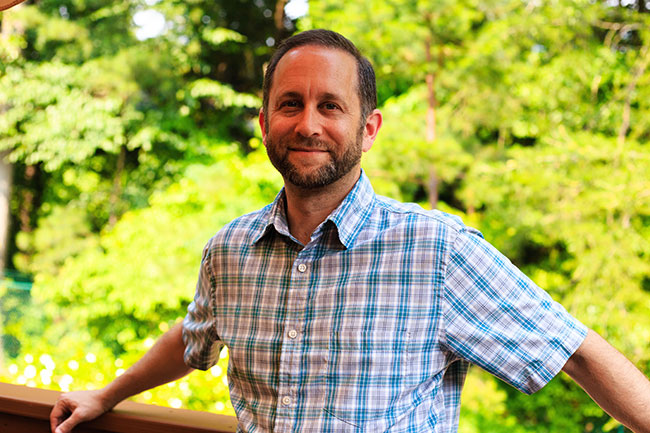Conversations with corporate researchers
Steve Michaels
Senior Consumer Researcher, Customer Insights and Measurement, State Farm
You’ve worked with several global brands. Describe the most rewarding part of working with diverse markets.
 I’ve spent my entire career studying consumers and to have the opportunity to identify cross-cultural differences makes the work particularly rewarding. Seeing how certain South American cold and flu sufferers buy medication by the pill, not by the bottle or box; examining how European and Japanese consumers use writing implements; studying dog owners in Japan and Korea who gravitate toward small breeds … just a few examples where decisions around product size, packaging and distribution were vital to brand health. It’s very rewarding having long-held assumptions about the market place challenged and to help brands grow in ways that look so different from the U.S.
I’ve spent my entire career studying consumers and to have the opportunity to identify cross-cultural differences makes the work particularly rewarding. Seeing how certain South American cold and flu sufferers buy medication by the pill, not by the bottle or box; examining how European and Japanese consumers use writing implements; studying dog owners in Japan and Korea who gravitate toward small breeds … just a few examples where decisions around product size, packaging and distribution were vital to brand health. It’s very rewarding having long-held assumptions about the market place challenged and to help brands grow in ways that look so different from the U.S.
What was your main motivation for moving to the client side?
I was looking for new challenges and for an opportunity to dive deeper into a single industry. In a typical week in the past I would constantly shift gears from pain relievers to toothpaste, wireless devices to office supplies, water filtration to power tools. Moving to the client side has allowed for greater depth of knowledge and an enhanced ability to integrate multiple research efforts for greater impact.
One of State Farm’s commitments as a company is to focus on volunteerism and community betterment. How does marketing research fit into these programs?
It’s a pleasure to work for a company so committed to enhancing communities and neighborhoods. We feel we’re making such a difference at a local level. This requires a deep understanding of why folks volunteer, how life stage factors in and the identification of barriers to volunteerism in order for State Farm to develop impactful programs, persuasive messaging and long-standing philanthropic partnerships. My research in this area supports our neighborhoodofgood.com site, which makes it easy for any individual to identify volunteering opportunities in his or her local area.
What is the most challenging part of conducting segmentation research?
There are so many challenges to segmentation, which is why it can really bust a budget.
When designing a segmentation, it’s crucial to understand different domains – demographic, geographic, needs-based, attitudinal, behavioral, etc. In my experience, focusing on just one of these is limiting. For instance, two business owners spending $1,500 on insurance might be thought of as behaviorally similar. But researchers must know that a startup that purchases the minimal coverage differs substantially from a mature business that willingly purchases as much coverage as it can afford.
Not only should segments be identifiably different but each should be of sufficient size that they can be reached and targeted, though not so large that they comprise a relatively heterogeneous group.
Finally, getting buy-in from stakeholders is vital for successful segmentation, both in communicating the need up front and in adopting the final proposed segments. Product development, customer service, marketing ... segmentation needs to cycle through all areas of an organization to really be successful, and it needs to be refreshed periodically in an ever-changing marketplace.
